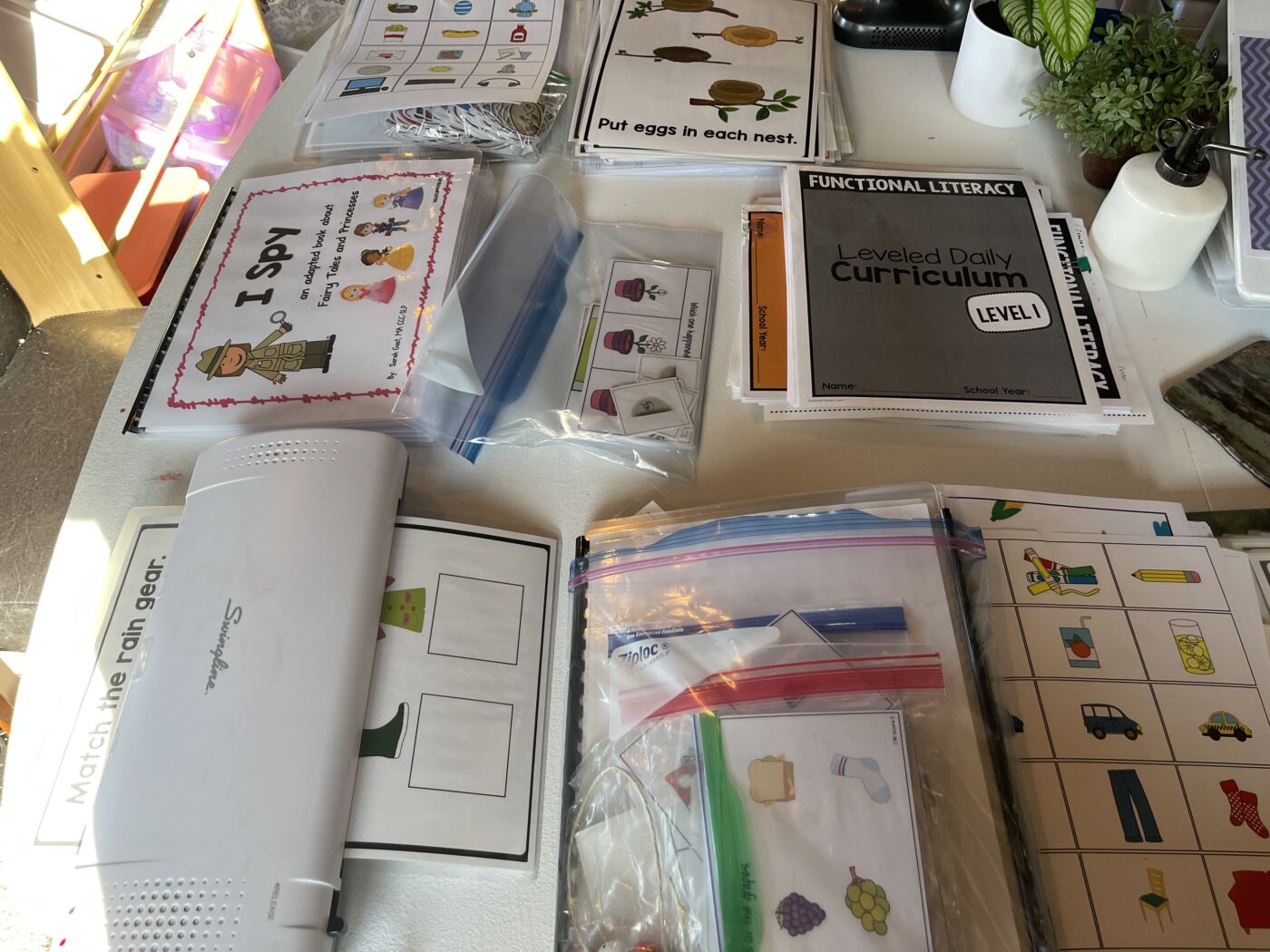As a special educator, IEPs are something that we have frequent contact with. Whether we are writing an IEP after an initial evaluation, re-evaluation, annual review, domain, updating goals and benchmarks, or reviewing accommodations and modifications, IEPs are legal documents that should be visited throughout our time with our learners. An IEP should not be reviewed only once. Using appropriate language that is both professional and family friendly is something that I have has to grow in and learn from many special educators. In this post, I will review all that I have learned over the last 13 years in education adn what has made me feel successful and my families feel supported. It is most important to develop an effective Individualized Education Program (IEP) along with carrying out that individualized education to a learner. Writing an IEP takes teamwork and collaboration. The details shared within an IEP are important to be accurate and understandable to be carried out by everyone on the educational team. The first part of the IEP is the present levels of performance section. This part of the IEP should provide evidence and information to support the needs for everything listed within the IEP. This section will include a summary of a learner’s academic skills within all environments throughout their school day and should indicate what level of prompting and supports the learner benefits from at this time. I am always sure to include information regarding math. literacy, social studies, science, music, art, and any other academic or pre-academic skills as appropriate. I am also sure to include interventions, strategies, and supports a learner benefits from to increase independence and success in these areas. This information should include skills a learner is able to demonstrate as well as age appropriate skills they may still need improvement on. The next section of an IEP will describe the learner’s functional performance. This section requires a narrative of the learner’s functional performance in all areas of their daily routines. Narratives should be clear and concrete, using professional language while also using language that families who may be new to an IEP can read and fully understand. The information provided should be based on observations and include information from everyone on the team. Some areas to think about and include while writing a narrative for functional performance are the current levels of independence or the amount of adult assistance required through a learner’s: Social/emotional Social skills Arrival/dismissal routines Language/communication Bathrooming Handwashing Meal times Transitions Work with teacher Independent work stations Specials classes What To Include in an Individualized Education Program – December 27, 2023 Academic and Functional Learning During Long Breaks – December 13, 2023 Data and Interventions for Off-Task Behavior – November 22, 2023
This content was originally published here.
